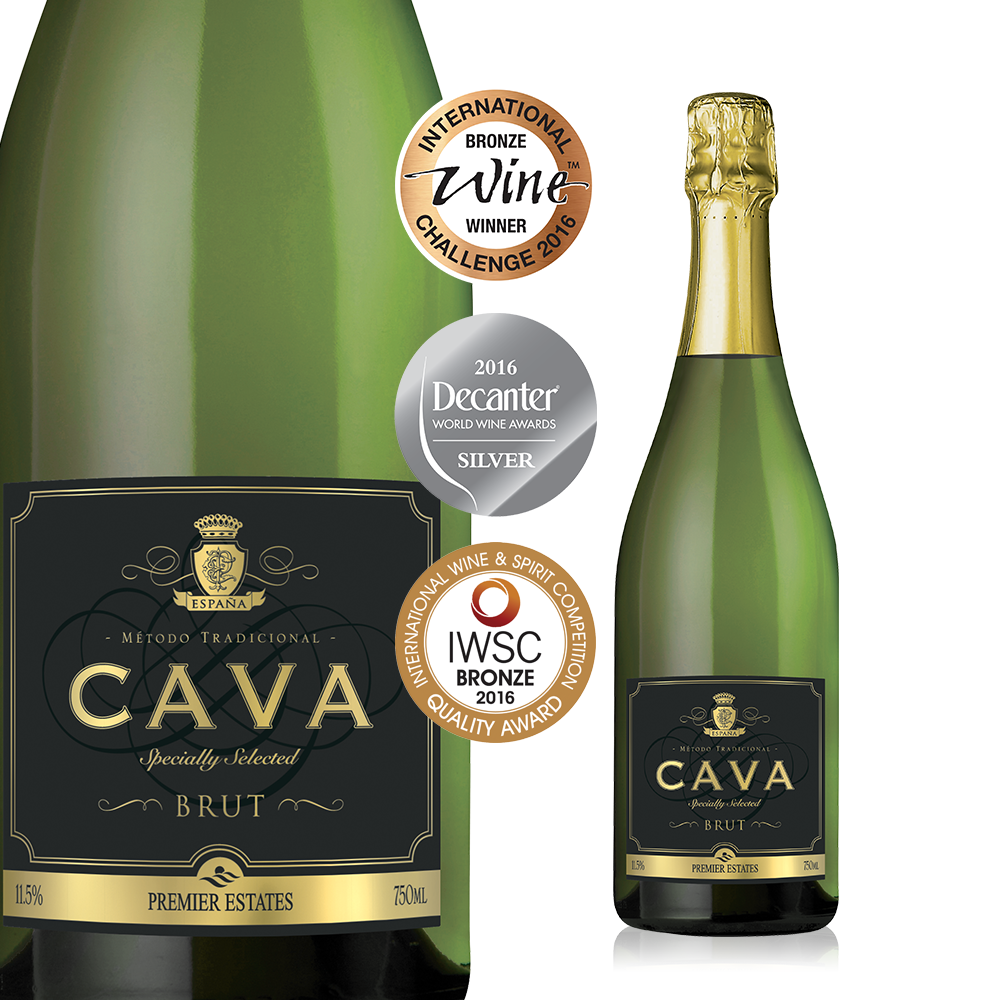Cavas are a celebrated part of Spanish culture, offering a delightful alternative to other sparkling wines like Champagne. In this article, we’ll delve into what makes Cavas unique, their history, production process, and how they compare to other sparkling wines. Whether you’re a wine enthusiast or just curious about trying something new, understanding Cavas can enhance your appreciation of this elegant beverage.

What is Cava?
Cava is a sparkling wine from Spain, primarily produced in the Catalonia region, with the majority coming from the Penedès area. Unlike Champagne, which is made in France, Cava has its own distinct characteristics shaped by its unique production methods and regional influences.
The History of Cava
The history of Cava dates back to the late 19th century when Josep Raventós, a Spanish winemaker, traveled to France and brought back the méthode champenoise (the traditional method of making sparkling wine). He applied these techniques to local Spanish grapes, and thus, Cava was born.
In 1986, Cava was granted Denominación de Origen (DO) status, which helps ensure its quality and authenticity. This designation is crucial for maintaining the high standards of Cava production.
The Production Process of Cava
The production of Cava involves several key steps, each contributing to its unique flavor profile:
- Grape Harvesting: Cava is typically made from a blend of three main grape varieties: Macabeo, Xarel·lo, and Parellada. These grapes are harvested from vineyards in the Penedès region.
- First Fermentation: The harvested grapes are pressed, and the juice undergoes a primary fermentation in stainless steel tanks. This process creates a still wine.
- Second Fermentation: The still wine is then bottled with added yeast and sugar. This mixture undergoes a second fermentation in the bottle, which produces the bubbles characteristic of Cava.
- Aging: After the second fermentation, Cava is aged on its lees (the dead yeast cells) for a period that can range from nine months to several years. This aging process imparts complex flavors and a creamy texture.
- Riddling and Disgorging: To remove the sediment from the bottle, Cava goes through a process called riddling, where bottles are gradually tilted and turned. The sediment is then frozen and removed in a process known as disgorging.
- Dosage: Finally, a mixture of sugar and wine, known as dosage, is added to adjust the sweetness level of Cava. This step determines whether the Cava is brut, extra brut, or demi-sec.
Types of Cava
Cava comes in various styles, each with its own flavor profile and sweetness level:
- Cava Brut: The most popular style, known for its dry taste and crisp acidity.
- Cava Extra Brut: Even drier than brut, with minimal sugar added.
- Cava Brut Nature: No added sugar, resulting in an extremely dry flavor.
- Cava Rosé: Made from red grapes, offering a fruity and slightly sweeter profile.
- Cava Reserva: Aged for at least 15 months, providing more complexity and depth.
- Cava Gran Reserva: Aged for a minimum of 30 months, offering rich flavors and a more refined character.
How to Enjoy Cava
Cava can be enjoyed in various ways. It’s a versatile wine that pairs well with a wide range of foods. Here are some pairing suggestions:
- Appetizers: Cava complements light appetizers like seafood, tapas, and cheese.
- Main Courses: Try Cava with dishes like paella, chicken, or pork.
- Desserts: A slightly sweeter Cava can be a delightful companion to fruit-based desserts or pastries.
When serving Cava, it’s best to chill the bottle to around 45-50°F (7-10°C) for optimal freshness and flavor. Use a flute or tulip glass to preserve the bubbles and enhance the aromatic experience.
Cava vs. Champagne
One of the common questions about Cava is how it compares to Champagne. While both are sparkling wines and share similar production techniques, there are key differences:
- Region: Champagne is made in the Champagne region of France, while Cava comes from Spain, mainly Catalonia.
- Grapes: Cava uses different grape varieties than Champagne. Cava typically features Macabeo, Xarel·lo, and Parellada, while Champagne relies on Chardonnay, Pinot Noir, and Pinot Meunier.
- Flavor Profile: Cava often has a lighter, fruitier profile compared to the more toasty and complex flavors of Champagne.

The Future of Cava
As global interest in Cava continues to grow, producers are experimenting with new styles and techniques to keep the wine innovative and exciting. From organic and biodynamic practices to exploring different grape varieties, the world of Cava is always evolving.
Cava is a wine with a rich history, a unique production process, and a versatile flavor profile. Whether you’re celebrating a special occasion or enjoying a casual meal, Cava offers a refreshing and delightful option. As you explore the different types and styles of Cava, you’ll discover the many reasons why this Spanish sparkling wine is cherished by wine lovers around the world.



